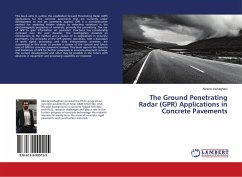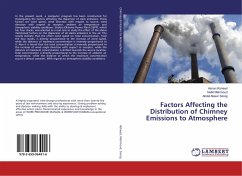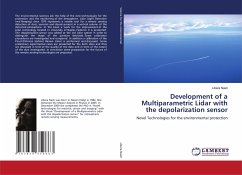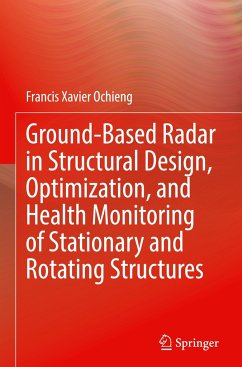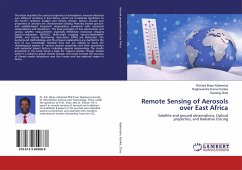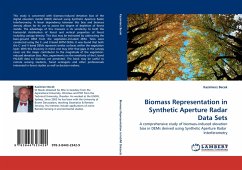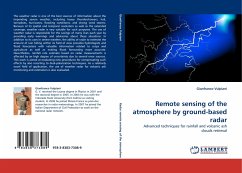
Remote sensing of the atmosphere by ground-based radar
Advanced techniques for rainfall and volcanic ash clouds retrieval
Versandkostenfrei!
Versandfertig in 6-10 Tagen
45,99 €
inkl. MwSt.

PAYBACK Punkte
23 °P sammeln!
The weather radar is one of the best sources of information about the impending severe weather, including heavy thundershowers, hail, tornadoes, hurricanes, flooding conditions, and strong wind storms. Because of its spatial and temporal resolution as well as the extended coverage, weather radar is very suitable for such purposes. The use of weather radar is responsible for the savings of many lives each year by providing early warnings and advisories about these situations. In addition to its uses in severe weather, the ability of radar to estimate the amount of rain falling within its field ...
The weather radar is one of the best sources of information about the impending severe weather, including heavy thundershowers, hail, tornadoes, hurricanes, flooding conditions, and strong wind storms. Because of its spatial and temporal resolution as well as the extended coverage, weather radar is very suitable for such purposes. The use of weather radar is responsible for the savings of many lives each year by providing early warnings and advisories about these situations. In addition to its uses in severe weather, the ability of radar to estimate the amount of rain falling within its field of view provides hydrologists and flood forecasters with valuable information related to crops and agriculture as well as making flood forecasting more accurate. Nevertheless, rainfall rate estimate based on radar measurements is affected by an high degree of uncertainty due to several error sources. This work is aimed at evaluating new procedures for compensating such effects by also resorting to dual-polarization techniques. As a relatively novel field of application, the use of weather radar for volcanic ash monitoring and estimation is also evaluated.



